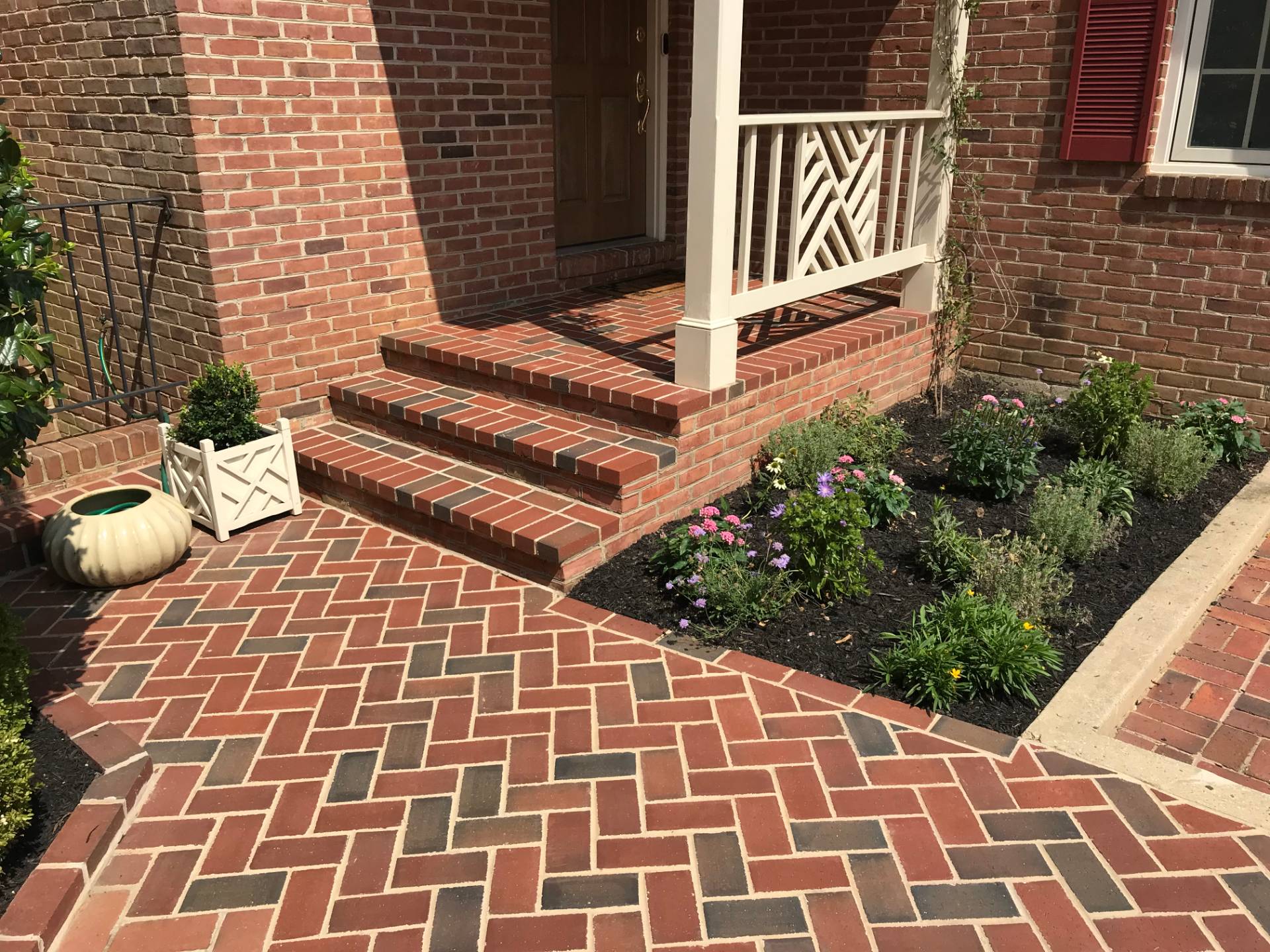What Are Weep Holes in Bricks?
Have you ever noticed a row of small, neat holes at the bottom of your brick or brick veneer wall? These weep holes are like the tear ducts in your eyes. They release water that would otherwise build up inside your walls. Here’s what you need to know about weep holes in brick.
Why Do My Bricks Have Weep Holes?
Brick masonry is porous. Water can easily enter through the spaces where the mortar and the brick join. The openings are often so small you can’t see them with the naked eye, but they are large enough to cause damage.
Every time it rains, water enters and starts building up behind the brick. If there are no weep holes, it will stay there. Water that’s trapped behind brick creates mold, mildew, wood rot, and other damage.
Why Don’t Some Older Buildings Have Weep Holes?
You may have seen older buildings with solid brick walls that don’t have weep holes. In the past, masons used a different technique to protect the Jobrick from water damage. They would use two layers of brick to build each wall. They used hard brick on the outer walls. The inner brick was soft. It was made from a highly porous material that absorbed the water.
Some builders used a third layer of soft brick to add even more water absorption. This careful construction explains why many brick buildings have stood for centuries without leaking.
How Modern Masons Keep the Water Out
Today’s building codes require weep holes in all brick and brick veneer walls. Modern masons use flashing to trap water and direct it away from the brick wall. They may use waterproof membranes for additional protection. The flashings should direct the water through the weep holes.
Where Should Weep Holes Be Located?
It’s important to locate the weep holes where water is likely to escape. You should always have weep holes at the bottom of the wall. For the best protection from water damage, you should place them just over the foundation, above doors, above and below windows, below flashings, and below any other openings in the brick.
What Should You Do If You Don’t See Weep Holes In Your Brick?
If you’re checking your brick and you don’t see weep holes, should you be concerned? You might have water damage that isn’t yet visible.
Here’s what you should and shouldn’t do.
- Don’t attempt to drill weep holes into the brick. You will damage the brick beyond all repair.
- Get an infrared inspection. This will indicate if there’s a problem with leaks in your masonry wall.
- Check for flashing. If you want to be absolutely sure your brick is draining properly, have a professional mason remove the top layer of brick to check for flashings. The mason can install new ones if necessary.
Check Your Walls
Capital Masonry will check your brick and brick veneer for water damage. If there’s a problem, we’ll repair the brick and correct any installation problems. We’re a third-generation masonry with extensive experience building, repairing, and refinishing brick. If you need help with any type of masonry, call us today.
